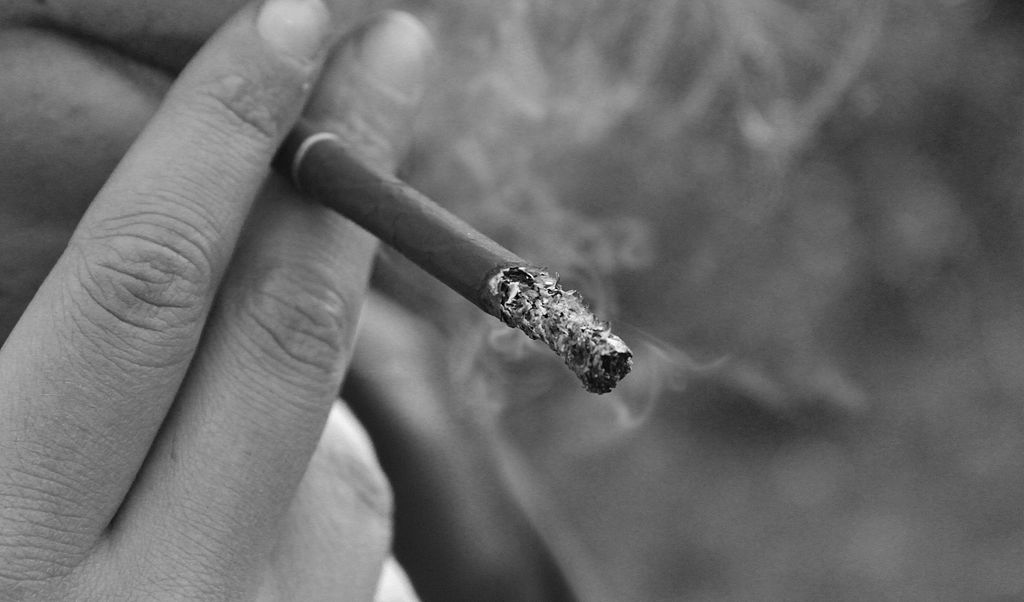Search
Counselling Parents and Teens about Marijuana Use in the Era of Legalisation of Marijuana
Abstract
Many states have recently made significant changes to their legislation making recreational and/or medical marijuana use by adults legal. Although these laws, for the most part, have not targeted the adolescent population, they...
Better Working Memory, Less Temptation: Substance Abuse and Neuro-Mechanisms
New research published in the journal Addiction suggests that poor working memory and the inability to control impulses during adolescence are key predictors for future substance abuse. ‘Working memory’ refers to one’s capacity to...
The Urgent Need to Change the Current Medical Approach on Tobacco Cessation in Latin America
Absract
Despite the accumulation of scientific evidence confirming the health consequences of smoking and the new paradigm of smoking as a disease where nicotine is the drug that modifies the functional and morphological characteristics of...
Participation in School Sports and Marijuana Use among Male and Female Students
Reducing Risk: Assessing the Effectiveness of Computer-Based Interventions
Multiple Fentanyl Overdoses — New Haven, Connecticut, June 23, 2016
Summary
What is already known about this topic?
Fentanyl and its analogs have been substituted for heroin and other opioids, and are usually marketed to persons seeking opioids. Because of fentanyl’s high potency compared with heroin...
Enzymes Involved in Cocaine Metabolism: A New Pharmacologic Approach to Treat Overdose Due to Cocaine
Abstract English/Spanish
Introduction: New therapeutic strategies against cocaine overdose toxicity have been developed. These new approaches are based on the design and synthesis of proteins involved in the destruction of cocaine before...
Delaying Marijuana Use to Age 17 Is Better for the Teenage Brain
The longer teenagers delay the use of marijuana, the better it is for their developing brains. However, a new study has found that there may be little adverse effect if one starts smoking the drug after the age of 17. According to the...
Carefree Adolescence: A Risky Business
 It is widely accepted that adolescents are predisposed to indulge in risky behaviours, more so than adults. Researchers at the Max Planck Institute for Human Development have recently provided us with new insights into the underlying...
It is widely accepted that adolescents are predisposed to indulge in risky behaviours, more so than adults. Researchers at the Max Planck Institute for Human Development have recently provided us with new insights into the underlying...
Tobacco and Cancer: Epidemiology and New Perspectives of Prevention and Monitoring in Mexico
Tobacco smoking is a causal risk factor of at least 16 different types of cancer. In Mexico, smoking causes 6,035 premature deaths annually of lung cancer and 5,154 from other types. Additionally, 16,408 new smoking attributable cases are...
Parental Socioeconomic Status and Teenage Smoking Rates: What's the Link?

In what way is parental socioeconomic status associated with nicotine dependence in children?
This is the question a new study conducted in Norway aimed to find out. The study measured parental socioeconomic status by looking at their...
Are Personality-Targeted Prevention Initiatives Successful?
Research has found that one’s personality is a useful predictor of drug and alcohol abuse. One notable programme that approaches substance prevention by focusing on personal characteristics is PreVenture. PreVenture has already been shown...
Are People Smoking Less and Less?
According to new findings published in the journal Tobacco Control, more than 53 million people in 88 countries have stopped smoking between 2008 – 2014 because of tobacco control measures.
Statistically, this means that during the 4-year...
Smoking in Films: Adolescents and Unregulated Exposure
In its latest Smoke-Free Movies Report, the World Health Organisation (WHO) advised governments that films featuring tobacco use ought to be classified for their adult content. Published in the journal Tobacco Control, a new study supports...
Looking to the Future: Healthcare for Adolescents
A recent review published in the Journal of Adolescent Health that looks at the effectiveness of interventions for improving the well-being of teenagers has reached a number of significant conclusions. These include:
- Sexual and...
Sweet Flavoured Tobacco Products May Influence Adolescent Smoking Habits
Younger people consider flavoured variations of tobacco products, for example, cigarettes and e-cigarettes less harmful and more appealing, according to a recent study conducted by researchers at the University of North Carolina Lineberger...
The Developmental Risks of Second-Hand Smoke among Young Children
A new study published in Indoor Air: International Journal of Indoor Environment and Health has found that the more children are exposed to household tobacco smoke during early childhood, the more likely they are to show anti-social...
Declining Addiction One Step at a Time
A new study carried out at the Case Western Reserve University School of Medicine has found that results from drug and alcohol addiction treatment programmes improve amongst teens when they stop smoking. The findings, which have been...
Teenagers under the Influence: Alcohol, Drugs and Video Games
Share the Knowledge: ISSUP members can post in the Knowledge Share – Sign in or become a member